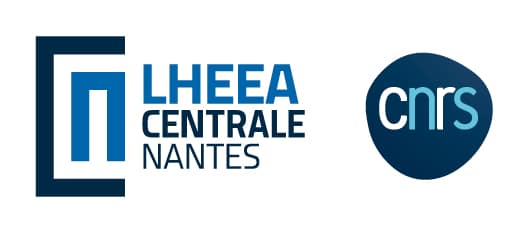Contexte
Prof. Faltinsen is probably the most recognized academic in the field of Hydrodynamics and Marine Structures today, with major contributions to the hydrodynamics of displacement ships, high-speed crafts, offshore structures and fish farms including the effect of hydroelasticity.
Prof. Faltinsen is elected member of Norwegian Academy for Technical Sciences, Norwegian Academy of Science and Letters, The Royal Norwegian Society of Sciences and Letters, corresponding member of Croatian Academy of Sciences and Arts, foreign member of the National Academy of Engineering, USA and the Chinese Academy of Engineering.
RESUME :
An introductory description of marine aquaculture is given. Wave and current-induced response of net cages and closed fish farms is discussed. The discussions focus on single cages. However, hydrodynamic interaction needs to be studied in the future. The fact that the netting may have 10 million meshes makes CFD and complete structural modelling difficult in simulating the behavior of a net cage in a stochastic sea. An equivalent time-dependent truss model for the netting combined with a viscous screen model for the hydrodynamic loading and Løland’s wake model inside the cage is instead used to describe the hydroelastic behavior of the net cage. The wake model assumes that all the steady flow ahead of the cage goes through the net cage. The influence of that some of the steady incident flow is diverted by the net cage should be investigated. The floaters are described by 3D linear hydroelastic potential flow with wave generation. The model is validated by comparing with experiments for the mooring loads of a net cage with a realistic mooring system in current and a stochastic sea. Many realizations of the stochastic sea is needed. Snap loads in the netting in extreme conditions should be further investigated.
The influence of fish as well as of a well boat on the mooring load is discussed. Model tests with 800 live salmon occupying 2.5% of the cage showed significant influence due to contact between fish and netting. However, the fish behavior may be biased due to the model test set-up. The influence of a typical well boat moored at a net cage is significant and impose operational limitations for the well boat.
Sloshing becomes a problem for a closed fish farm in waves and necessitates that nonlinear free-surface effects are accounted for in the interior flow problem, while linear hydrodynamic theory is, in general, adequate for the exterior flow problem. The cage motions are strongly influenced by resonant sloshing. How to avoid violent sloshing is discussed. Fabric structures, glass fiber, steel and concrete are used as material for the cage. 2D studies show that fabric structures requires a hydroelastic analysis, which limits scaling of model tests. Snap loads in fabric structures may occur in larger sea states and need further studies. The hydrodynamic analysis of a closed fish cage can to a large extent be based on potential flow. However, the presence of current may necessitate that viscous flow separation is accounted for. Since the water is exchanged in the closed fish farm, there is a steady flow. To what extent the steady flow affects sloshing should be investigated. The mooring analysis of closed fish cages has similarities with mooring analysis of large-volume floating offshore structures. Important horizontal slow-drift oscillations due to nonlinear potential flow effects occur in an irregular sea.


